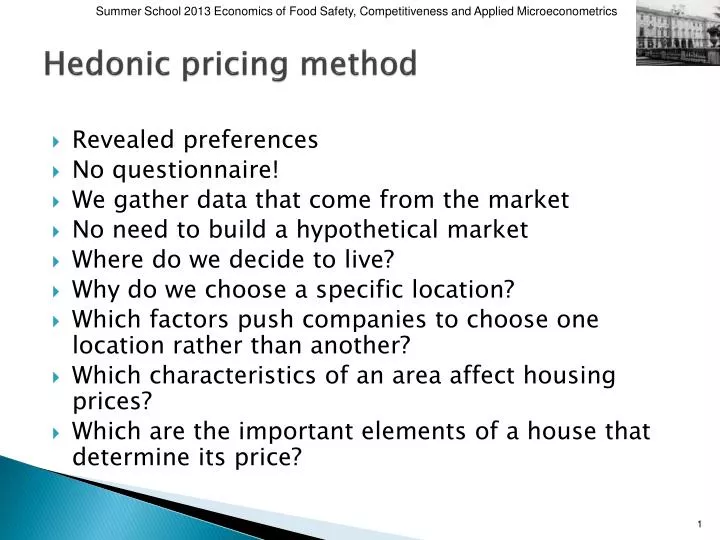
This looks like a lot of commodity charts out there right now, going from the lower left to the upper right, whether it’s agriculture, energy, metals, or soft commodities. But Have You Seen Commodities?Ĭheck out this chart of corn prices, for example:

It is difficult to arrest a trend in inflation or deflation once it is in motion. If people expect price declines, they will delay their purchases. They will buy more things faster, which will cause more price increases.

I like to say inflation is mostly psychological: If people expect price increases, then they will change their economic behavior accordingly. As the population ages, we can expect inflation to fall even further. Once it’s over, and people begin spending again, inflation is likely to rise.īut maybe not! Technological improvements result in falling prices, but so do demographics. People have saved quite a bit of money during the pandemic. We’re actually supposed to be experiencing deflation right now, but we’re not. Maybe not-where would inflation be in the absence of all the printing?Ī pandemic is supposed to be a deflationary shock. Left-wingers, generally speaking, look at the current level of inflation, which is about 2%, and say that the relationship between money supply and inflation has broken down. Common sense would tell you that would cause inflation. It’s said that 35% of all dollars in existence were created in the past 10 months. Most macro thinkers, like I suspect you might be, look at inflation in purely monetarist terms: the supply of money and the increased supply of dollars chasing the same amount of goods. In places where entrepreneurs were free to innovate, prices declined the most. Years ago, there was a chart going around that showed how the prices of certain goods and services had trended over the past few decades. In healthcare and education, prices have risen, proportional to the amount of government involvement. Of course, TVs are an example where prices have declined over the years. There are other ways, but this is the biggest, at least when you’re talking about the Consumer Price Index (CPI).Ĭritics of hedonic adjustments say that you still have to buy a TV and you’re not getting it for 99% off. This is one way in which we systematically undercount inflation.


According to the BLS, that means the price has gone down even more. Not only has the price gone down, but the quality has improved. That's where the inflation bean counters take into account the quality differences in a TV as well as the price. On-site session limited behavior trackingīLS does this thing called hedonic adjustments. Stores the visitor's last five pages viewed Unique device identification and statistics


 0 kommentar(er)
0 kommentar(er)
